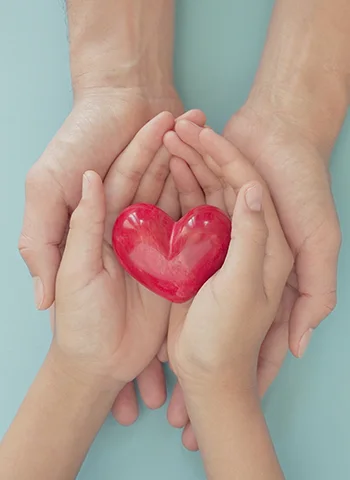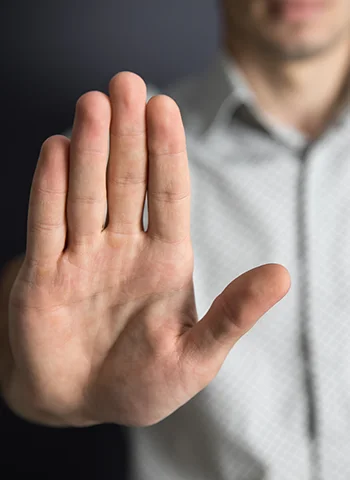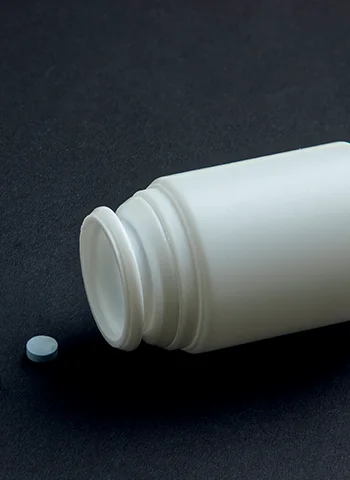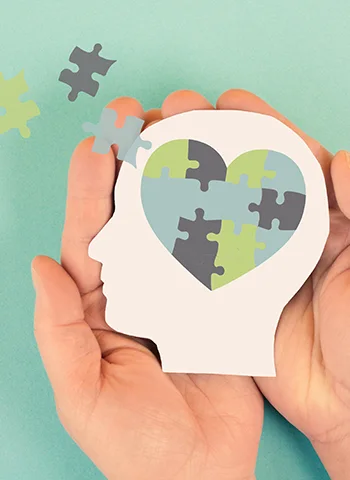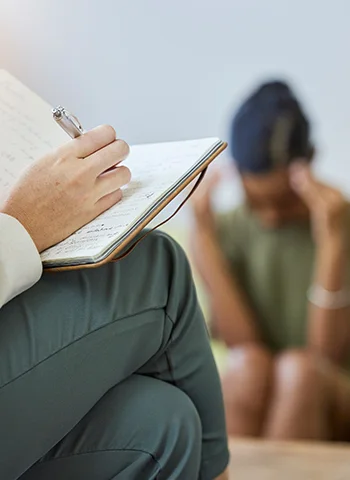Shopping Addiction Treatment
Shopping addiction can quietly take over your life, affecting your money, relationships, and daily happiness. You might find yourself buying things you do not need and struggling to resist the urge to shop. Effective shopping addiction treatment can help you learn new habits and regain control.
People with shopping addiction may not necessarily need or even want the things that they purchase, as the act of buying something is what is addictive. Many may often struggle with ‘buyer’s remorse,’ which is when they regret buying something.
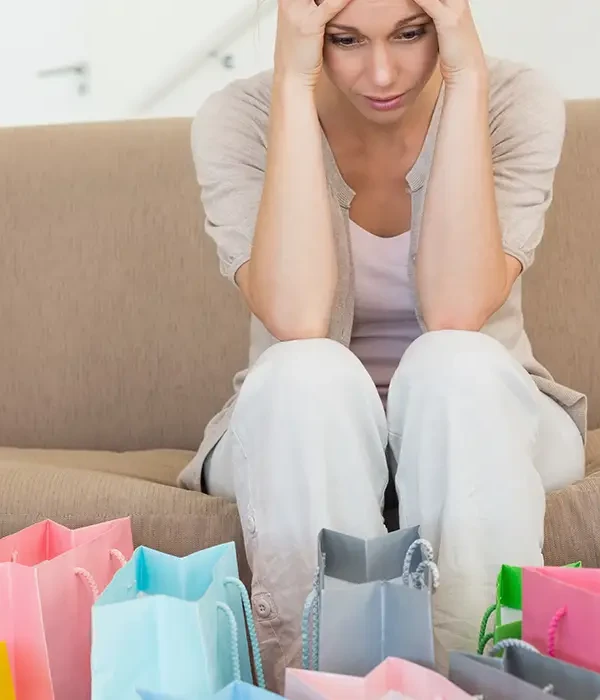
Take the First Step Towards Recovery
Steps Together offers personalised support and proven treatments, providing the care, guidance and encouragement you need to move forward with confidence and build a healthier future.

Understanding Shopping Addiction
Shopping addiction may cause emotional, social, and financial distress. It involves frequent urges to go on shopping sprees, often leading to feelings of guilt, debt, and trouble at work or in relationships. Some may use shopping to cope with stressors.
There are several types of help available for a shopping addict, including talking therapies and support groups. People with shopping addiction often have co-occurring mental health conditions, and they often face financial problems as a result of their spending.
What Is Shopping Addiction?
Shopping addiction, also called compulsive buying disorder or oniomania, is not just enjoying shopping or having an interest in fashion or products. Instead, it is a condition characterised by a strong urge to buy things. These urges can be difficult to control, and shopping may become your top priority.
Over time, shopping addiction may also become a way to deal with stress or negative feelings, not unlike drugs or alcohol. While not currently a formal diagnosis, many experts view it as similar to other behavioural addictions, such as gambling, and an addiction to shopping is not uncommon.

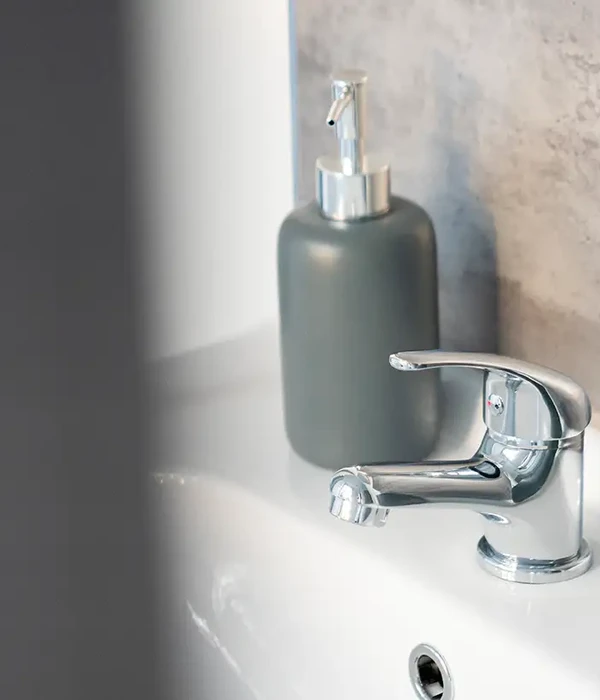
Shopping Addiction vs Impulsive Buying
Shopping addiction and impulsive buying are shopping behaviours. Impulsive buying happens suddenly, often when you see something appealing and decide to buy it without planning. Most people impulsively buy things occasionally and do not become addicted to shopping.
In people with a shopping addiction, the behaviour is regular and hard to control. You may think about shopping almost all the time and feel tense if you’re unable to do it. There is a pattern of behaviour and a loss of control, not just a one-off choice.
Treatment for Shopping Addiction
Like any form of addiction, treating the compulsion to shop involves a mix of psychological therapies, group support, and structured assessments. A shopping addiction treatment programme may include:
Assessment and Diagnosis
Treatment typically begins with a comprehensive assessment. You may be asked questions about your spending habits, triggers, and financial history. This process helps to determine how serious your shopping problem is and whether you have any other mental health issues.
A careful diagnosis is vital because shopping addiction can sometimes happen alongside conditions like depression or anxiety. A clear understanding of your behaviours and struggles allows specialists to choose the most effective treatment plan.
Dialectical Behaviour Therapy (DBT)
DBT is sometimes used when emotions play a large role in shopping addiction. This therapy can help you manage impulsive behaviours and improve how you handle stress or disappointment.
DBT teaches skills such as mindfulness, emotional regulation, distress tolerance, and interpersonal effectiveness. These skills are useful if you find it hard to cope with negative feelings without turning to shopping.
Cognitive Behavioural Therapy (CBT)
CBT is a popular and effective therapy for shopping addiction. This approach helps you identify the negative thoughts and beliefs that lead to compulsive shopping. You will learn practical ways to challenge these thoughts and replace them with healthier habits.
Therapists work with you to recognise triggers, such as stress or certain social settings, that make you want to shop. By examining these patterns, you can develop skills to resist urges and set boundaries around spending.
Group and Peer Support Programmes
Group therapy and peer support are essential parts of treatment for many people with shopping addiction. Talking to others who face similar struggles can reduce feelings of shame and isolation.
A popular example is Debtors Anonymous, a support group that focuses on helping individuals regain control over their finances and spending. Attending regular meetings can encourage and help keep you focused on your goals.
Services that our multi-speciality addiction rehabilitation centres offer

Causes and Contributing Factors
Compulsive shopping often develops from a mix of influences rather than a single cause. Online shopping platforms, for example, use algorithms to track your habits and present products you’re most likely to buy. This constant exposure makes it easy for casual spending to turn into compulsive behaviour.
Understanding why shopping becomes addictive shows that it’s not just about willpower. Many people are pulled into overspending because of deeper psychological or cultural forces. Recognising these triggers can help you see when shopping has shifted from a pastime into a problem.
On the psychological side, certain traits increase risk. People who are impulsive, sensation-seeking, or who struggle with self-control are more likely to fall into cycles of compulsive buying. The temporary rush of a new purchase often fades quickly, driving the urge to shop again.
Cultural pressures also play a role. Advertising and media often tie happiness and success to owning new or trendy items. Over time, this messaging can make shopping feel like a way to boost self-worth or fit in, even if it leads to financial or emotional strain.
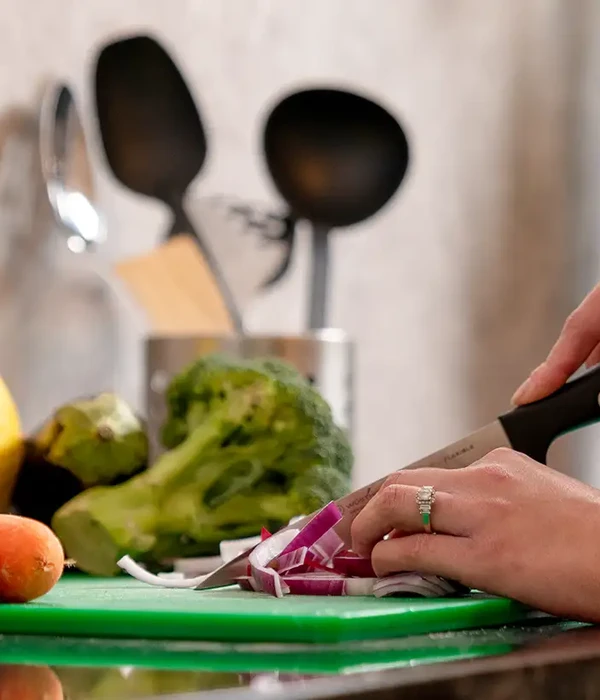
Long-Term Recovery for Behavioural Addiction
To manage your shopping urges, develop clear routines and boundaries. Avoid browsing online shops in your free time, especially when feeling bored or stressed. Track your spending using a simple budget book or a dedicated app. This helps you stay aware of your patterns and stick to limits.
Shopping can sometimes serve as a form of emotional relief. Learn how to identify your emotions before you shop. This awareness is the first step to building better responses to stress and other emotions.
A balanced lifestyle supports your recovery in many ways. Regular exercise, healthy eating, and good sleep help stabilise your mood and energy. Activities like yoga, mindfulness, or the arts can relieve stress and provide healthier rewards than shopping.
Signs of Shopping Addiction
People who struggle with shopping addiction show patterns that go beyond buying too much. You might notice signs and symptoms such as changes in mood, behaviour, or even how you feel when you cannot go shopping.
Common Symptoms of Shopping Addiction
Shopping addiction can affect how you think, feel, and act. Compulsive shoppers often feel a strong urge to buy things, even if they do not need them. Sometimes, you may spend hours thinking about what to spend money on next or planning future purchases.
The shopping habit becomes hard to control. It may lead to feelings of guilt, lying about your spending, or hiding receipts from friends or family. You might buy more items than you can afford, or run up credit card debt. In some cases, family therapy can be helpful, offering support and improving communication as loved ones work together toward recovery.
Withdrawal Symptoms and Tolerance
Shopping addiction can lead to withdrawal symptoms when you try to cut back or stop. These symptoms may include irritability, restlessness, or feeling unhappy when you are unable to shop.
Tolerance can also develop. Over time, smaller or less frequent shopping trips may not provide the same level of satisfaction. You may need to spend more money or shop more often just to feel a sense of relief or pleasure.
Triggers and Warning Signs
There are many triggers and warning signs linked to shopping addiction. Emotional triggers can include feeling anxious, lonely, or depressed. You may also find that special events, paydays, or even advertisements prompt you to make a purchase.
Warning signs to watch for include frequently shopping when you feel upset, or feeling a ‘rush’ after making a purchase. You might notice that you start shopping secretly or make excuses for your purchases.

Shopping Addiction Doesn't Have to Define You
Compulsive shopping habits can be challenging to manage. Fortunately, there are numerous shopping addiction treatment options that can help you get your compulsive behaviour under control. Let us help you find your way back from shopping addiction today.
There’s nothing wrong with buying things, as practically everyone will have to buy things at some point. But you don’t have to use shopping as a way to cope with stress and you don’t have to buy things for the sake of buying things.
Frequently Asked Questions
What strategies can effectively curb compulsive buying behaviour?
Setting clear spending limits and avoiding places where you tend to overspend are practical steps to take. Making a list before shopping and sticking to it can help you stay focused and avoid impulse purchases. Identify your triggers and find ways to avoid or address them.
How does understanding the underlying psychology assist in treating a shopping addiction?
Recognising your emotions and motives for shopping can reveal deeper problems, such as anxiety, loneliness, or low self-esteem. By understanding these drivers, you can address the root causes rather than just the symptoms.
What lifestyle changes are recommended for someone struggling with excessive shopping habits?
Plan regular activities that do not involve shopping, such as exercise or hobbies. Tracking your spending and setting new financial goals can help redirect your focus. You may also benefit from limiting access to credit cards and online shopping platforms.
Which therapies are considered most effective for managing uncontrollable shopping urges?
Cognitive behavioural therapy is often effective in changing thought patterns and habits that contribute to compulsive shopping. It helps you recognise irrational beliefs and develop new coping skills.
Can medication play a role in the treatment of a shopping addiction, and if so, which types?
Medication can help control co-occurring disorders that trigger shopping urges, but it does not cure the addiction itself.
How do support groups contribute to the recovery from compulsive shopping disorders?
Support groups allow you to share your experiences with others who understand your struggles. These groups provide encouragement, accountability, and practical guidance for navigating daily challenges.
